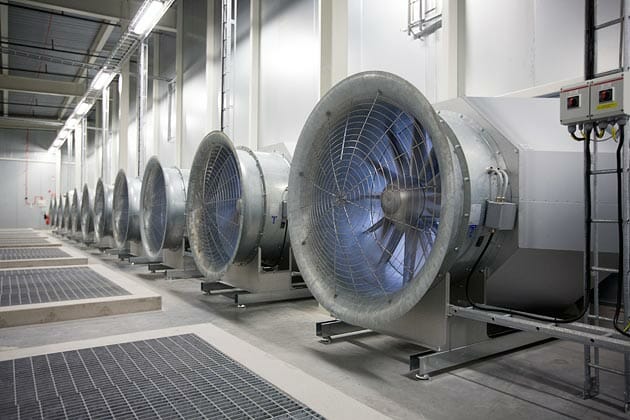Effective server rack cooling plays a crucial role in maintaining the optimal performance and longevity of the hardware, which, in turn, enhances overall network security. As modern networks become increasingly complex and rely on robust data centers, the need for efficient cooling systems cannot be overstated. The primary purpose of cooling is to regulate the temperature of critical components like servers, switches, and routers, ensuring they operate within safe temperature ranges. Overheating of these components is one of the leading causes of hardware failures, which can lead to significant downtime and data loss. When components overheat, they can experience system crashes, reduced processing speeds, and in some cases, permanent damage. This can lead to network outages, loss of sensitive data, and vulnerability to cyberattacks. By investing in efficient server rack cooling solutions, businesses can significantly reduce the risk of these disruptions. Active cooling methods, such as fans, liquid cooling, and heat sinks, ensure that heat is efficiently dissipated from the equipment, keeping it running at peak efficiency.

The control of temperature is not just about preventing hardware failures it also ensures that servers and other network devices maintain consistent performance. Overheated systems often throttle their performance to avoid damage, resulting in slower data processing and potential network bottlenecks. When cooling is properly managed, these issues are mitigated, allowing the network to run smoothly, which is a key factor in preventing security vulnerabilities that could be exploited by malicious actors. Furthermore, acdcfan cooling helps to extend the lifespan of the hardware, which can be a substantial investment for any organization. By preventing excessive wear and tear caused by heat, cooling systems can delay the need for hardware replacement, reducing costs and ensuring that critical infrastructure remains functional. This longevity is particularly important in industries where downtime can have severe consequences, such as in financial services, healthcare, and telecommunications.
Without the constant threat of hardware failure due to overheating, IT teams can focus on more proactive aspects of security, such as updating software and monitoring network traffic for signs of potential intrusions. In addition, a well-cooled environment contributes to the overall security posture by allowing IT teams to maintain their equipment more easily. Properly functioning servers and network devices are less likely to experience unpredictable crashes that could expose systems to attacks or leave them vulnerable during recovery processes. A hardware failure during a security patching cycle, for example, could provide an attacker with an opening to exploit the system. If a server unexpectedly shuts down due to heat, it could lead to gaps in security monitoring or hinder the timely deployment of important updates. The role of server rack cooling in enhancing network security cannot be underestimated. It not only protects the physical hardware from the dangers of overheating but also ensures consistent performance, cost savings, and extended equipment lifespan.


